"A few years ago, I came across some interesting research by cognitive psychologist Ronald T. Kellogg. He claimed that the mark of an expert writer is not years of practice or a hefty vocabulary, but rather an awareness of one’s audience. This made sense to me, and I wondered if it were true in other disciplines as well."
Get Started for FREE
Sign up with Facebook Sign up with X
I don't have a Facebook or a X account
 Your new post is loading... Your new post is loading...
 Your new post is loading... Your new post is loading...

Audrey's comment,
February 19, 2013 3:00 PM
This idea is very Piagetian: An example of confusion would be disequilibrium. It is at this point that you will begin to master something which you found difficult, or was confused about. So at the point of confusion or disequlibrium you must distance yourself from the problem and return to it later. Your brain will have absorbed the material and worked it out. You are now at the stage of equilibrium.
Julien Cuyeu's curator insight,
September 15, 2014 9:56 AM
It would be nice if Western Kentucky University would start class at 8:30am like Duke Unviersity. As well as handing out ear plugs and an eye mask to students. |

Mary Lambert Belechak's curator insight,
October 10, 2014 6:19 PM
Knowing 9th grade year is so pivotal and important and getting 9th graders to know it are two different things. Attendance, behavior, and grades. Attendance in first 30 days.

Ruth Virginia Barton's curator insight,
February 13, 2015 10:37 AM
"Instead of saying to students, “Pay attention!” what you really want to say is, “Suppress interesting things!” Why? Students already DO pay attention." The point being, prolonged attention paying is a learned skill, practiced. Intersperse teaching with stand-up breaks, quick physical activity. Create "hooks' for attention - previews - and offer rewards - like homework free pass this month - for students who get it right; helps them be invested in topic |



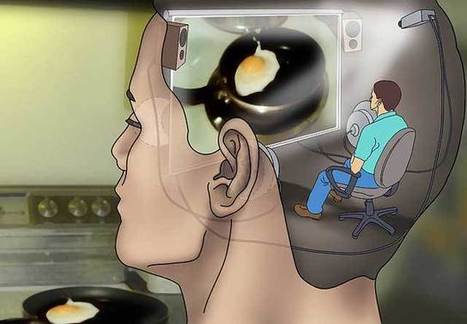

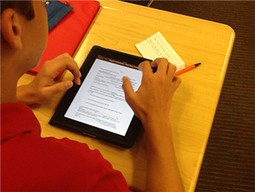

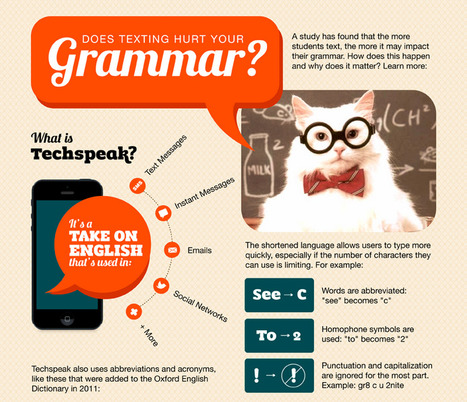
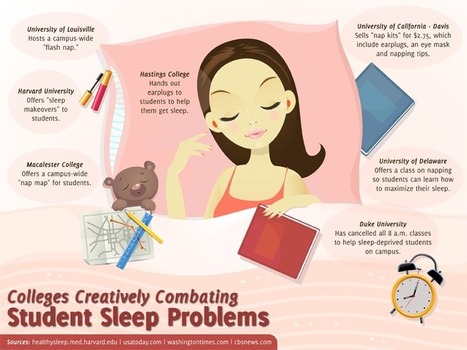

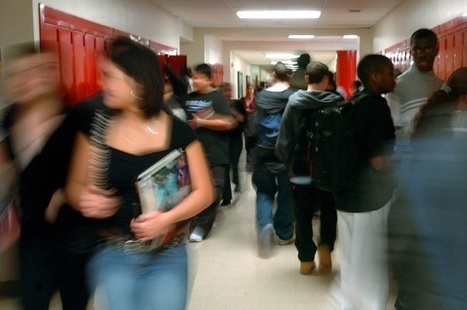

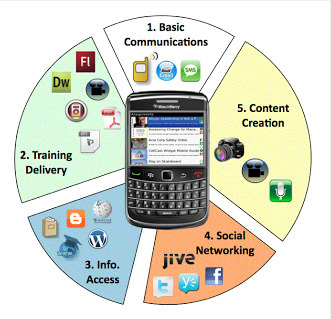







Important research on learning for achievement.
Teaching Metacognition: How Students Think Is Key To High Achievement
Research about how self-awareness can help you tap your learning potential